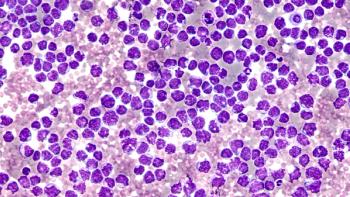
Early Discharge From the ED Results in 10,000 Annual Deaths for Medicare Patients
Early discharge from the emergency department resulted in more than 10,000 Medicare patients dying, annually. Researchers determined that low-volume hospitals actually had higher rates of early death.
A substantial number of Medicare patients die within a week of discharge from the emergency department (ED) despite having no evidence of a life-limiting illness, according to new research
As the numbers of patients visiting the ED increases, hospitals and providers need to decide whether to admit or discharge a patient and errors can result in an avoidable harm to patients who could benefit from monitoring or treatment as inpatients.
Researchers at Harvard and Brigham and Women’s Hospital analyzed a nationally representative 20% sample of Medicare fee-for-service beneficiaries of generally healthy people living in the community. They excluded data on patients in nursing facilities, age 90 years or older, receiving palliative or hospice care, or with a diagnosis of a life-limiting illness.
The researchers determined that more than 10,000 Medicare patients die every year soon after discharge, despite being relatively young and having no previous life-limiting illness. The leading causes of death for these patients were atherosclerotic heart disease (13.6%), myocardial infarction (10.3%), and chronic obstructive pulmonary disease (9.6%).
Based on the data, hospitals with lower admissions rates—those in the lowest fifth of rates of inpatient admission from the ED—actually had the highest rates of early death. The rate of death (0.27%) was 3.4 times higher than hospitals in the highest fifth. This was despite the fact that the hospitals had lower patient volumes and served an overall healthier patient population.
“Hospitals with low admission rates and low patient volumes, and patients with high risk diagnoses at discharge, could represent targets for clinical research and quality improvement efforts,” the researchers wrote.
According to the authors, their findings have implications for efforts to reduce unnecessary ED admissions.
“Unless extreme care is taken with selection of patients, these well intentioned efforts could put patients at risk,” they wrote. “Novel metrics to track patient safety and diagnostic error … are urgently needed to aid policy makers in evaluating how changes in the broader healthcare system impact patient outcomes.”
Newsletter
Stay ahead of policy, cost, and value—subscribe to AJMC for expert insights at the intersection of clinical care and health economics.













































